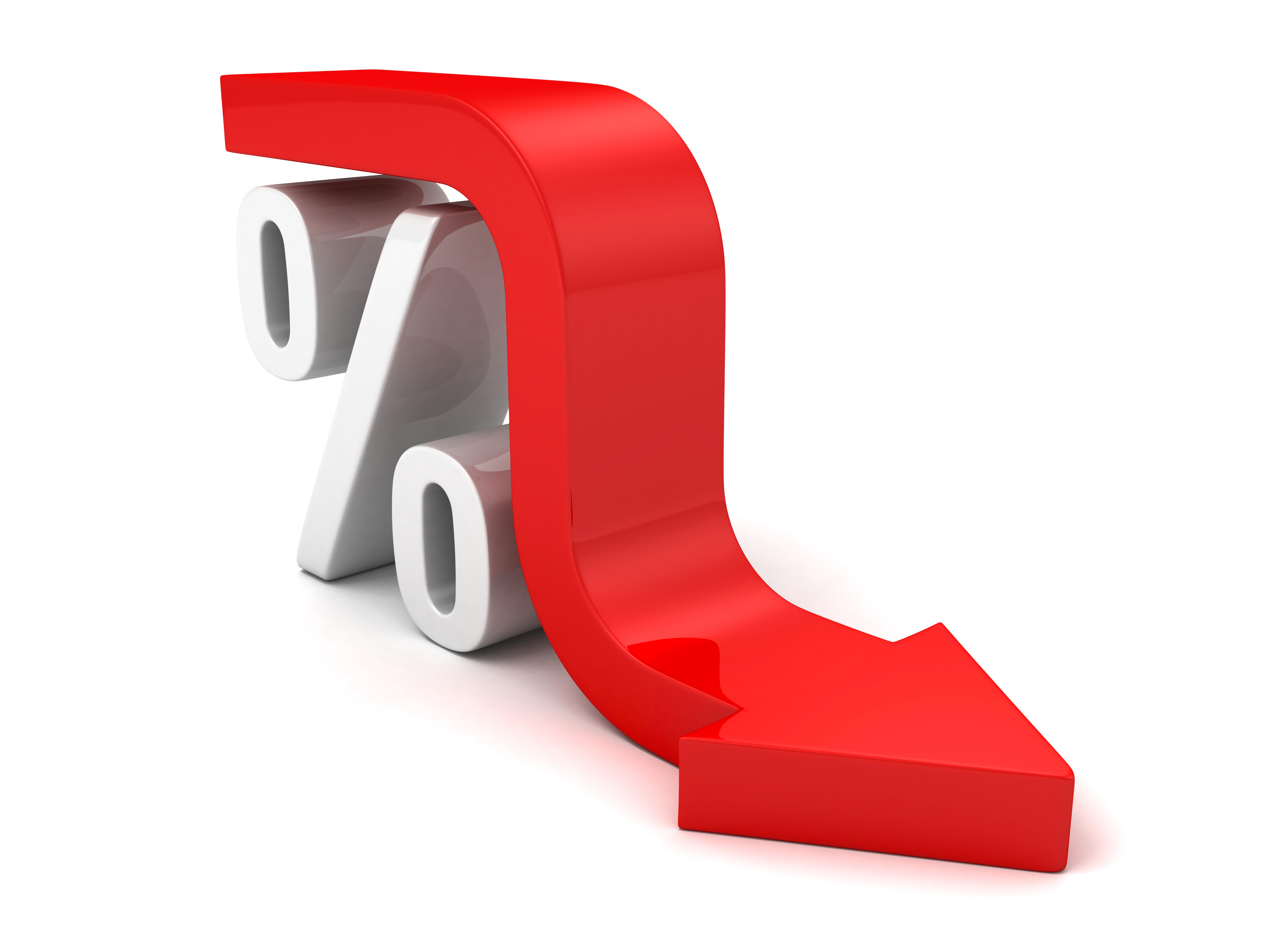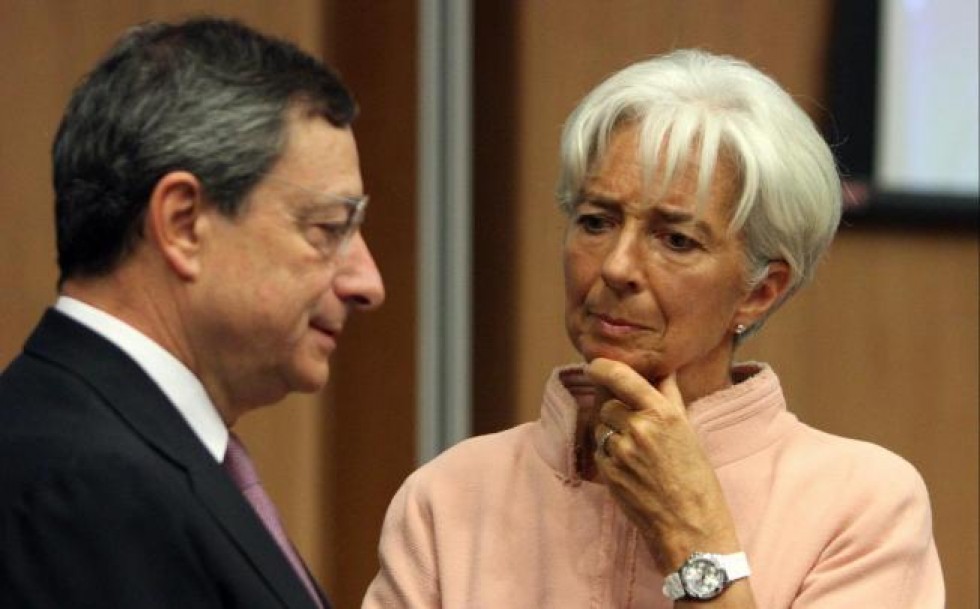
The central banks are simply trapped. They have bought in bonds under the theory that this will stimulate the economy by injecting cash. But there are several problems with this entire concept. This is an elitist view to say the least for the money injected does not stimulate the economy for it never reaches the consumer. This attempt to stimulate by increasing the money supply assumes that it does not matter who has the money. If we are looking only at the institutional level, then this will not contribute to DEMAND inflation only ASSET inflation by causing share markets to rise in proportion to the decline in currency value.

The European Central Bank (ECB) then pushes interest rates negative to punish savers and consumers for not spending money that never reaches their pocket. Negative rates promotes hoarding cash outside of banks which in turn then inspires the brilliant idea of eliminating cash to force the objective and end hoarding. But negative rates have been simply a tax on money. The attempt to “manage” the economy from a macro level without considering the capital flow within the system is leading to disaster.

Then we have the problem that the central banks in attempting QE operations, cannot figure out how to reverse the process. They cannot sell the debt back to the market thereby defeating the original concept of creating elastic money supply. You increase the money supply during a recession to prevent banks being forced to sell assets to meet a panic demand for cash. Transactional banking has altered the classic borrow short lend long operations of banks cancelling out the idea of requiring and elastic money supply. All central banks can do now is allow the bonds they bought to mature and expire. If they attempt to sell the bonds they bought back into the marketplace, they will drive rates higher in a panic.

The ECB is now expected to inject “fresh” stimulus into Euroland’s economy come Thursday given Mario Draghi said he and his policymakers would “do what we must” to return inflation from its current level of 0.1% to 2% asap. Draghi now implies that he has failed for unless he takes aggressive action, there is a tremendous risk of a dramatic disappointment in financial markets as QE is revealed as a failure.







